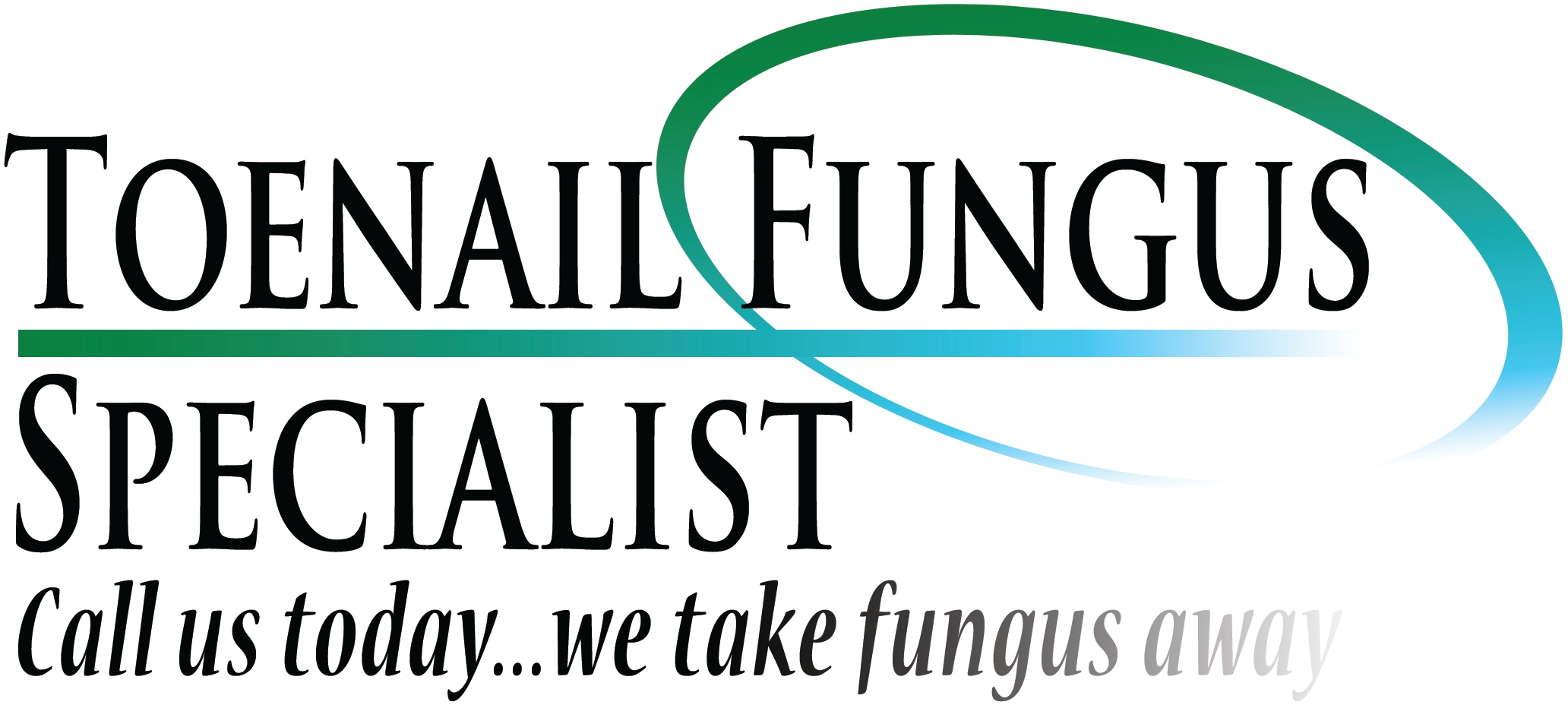| Onychomycosis (also known as “Dermatophytic onychomycosis,” ”Ringworm of the nail,” and “Tinea unguium”) means fungal infection of the nail. It is the most common disease of the nails and constitutes about a half of all nail abnormalities. |
| This condition may affect toenails or fingernails, but toenail infections are particularly common. The prevalence of onychomycosis is about 6-8% in the adult population. |
| Causes |
| The causative pathogens of onychomycosis include dermatophytes, Candida, and non-dermatophytic molds.Dermatophytes are the fungi most commonly responsible for onychomycosis in the temperate western countries; meanwhile, Candida and non-dermatophytic molds are more frequently involved in the tropics and subtropics with a hot and humid climate. |
| Dermatophytes |
| Trichophyton rubrum is the most common dermatophyte involved in onychomycosis. Other dermatophytes that may be involved are Trichophyton interdigitale, Epidermophyton floccosum, Trichophyton violaceum,Microsporum gypseum, Trichophyton tonsurans, Trichophyton soudanense (considered by some to be an African variant of T. rubrum rather than a full-fledged separate species) and the cattle ringworm fungusTrichophyton verrucosum. A common outdated name that may still be reported by medical laboratories is Trichophyton mentagrophytes for T. interdigitale. The name T. mentagrophytes is now restricted to the agent of favus skin infection of the mouse; though this fungus may be transmitted from mice and their danders to humans, it generally infects skin and not nails. |
| Other |
| Other causative pathogens include Candida and non-dermatophytic moulds, in particular members of the mould generation Scytalidium (name recently changed to Neoscytalidium), Scopulariopsis, and Aspergillus.Candidamainly cause fingernail onychomycosis in people whose hands are often submerged in water. Scytalidium mainly affects people in the tropics, though it persists if they later move to areas of temperate climate. |
| Other molds more commonly affect people older than 60 years, and their presence in the nail reflects a slight weakening in the nail’s ability to defend itself against fungal invasion. |
| Risk factors |
| Risk factors for onychomycosis include family history, increasing age, poor health, prior trauma, warm climate, participation in fitness activities, immunosuppression (e.g., HIV, drug induced), communal bathing, and occlusive footwear. |
| Diagnosis |
| To avoid misdiagnosis as nail psoriasis, lichen planus, contact dermatitis, trauma, nail bed tumor or yellow nail syndrome, laboratory confirmation may be necessary. The three main approaches are potassium hydroxide smear, culture and histology. This involves microscopic examination and culture of nail scrapings or clippings. Recent results indicate that the most sensitive diagnostic approaches are direct smear combined with histological examination, and nail plate biopsy using periodic acid-Schiff stain. To reliably identify nondermatophyte moulds several samples may be necessary. |
| wikipedia |
